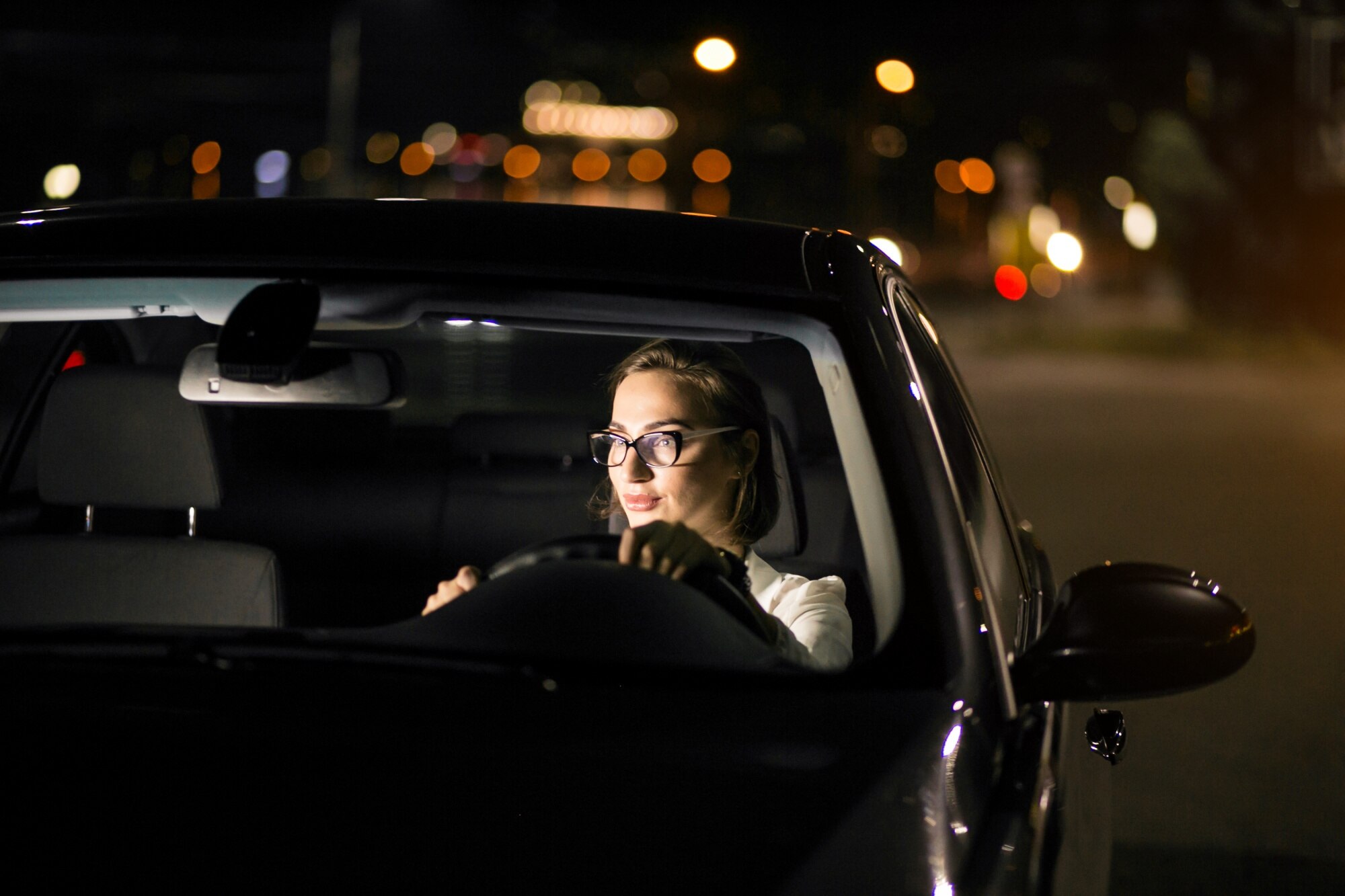Driving at Night: What Should You Be Careful About?

(Photo Credit: freepik)
Driving at night can be challenging for many due to reduced visibility and increased risks.
To ensure your safety and that of others on the road, here are some things to watch out for when driving at night
1. Lighting and Visibility
Nighttime is much darker, making it crucial to turn on your headlights. Ensure your headlights are bright enough and properly aligned. Avoid using high beams when there are oncoming vehicles, as they can blind other drivers.
2. Fatigue
Driving at night can make you feel tired or drowsy. Take a break if you feel fatigued or switch drivers if possible. A short nap of 15–20 minutes can also help you feel refreshed.
3. Other Drivers
Watch out for other drivers who may be speeding or vehicles without working taillights. Also, be cautious of pedestrians and cyclists who may not have reflective lights. Slowing down and driving carefully can help reduce risks.
4. Animals or Road Obstacles
In rural areas or places near forests, animals might unexpectedly cross the road. There could also be obstacles like branches or debris. Keep a firm grip on the steering wheel and avoid driving too fast.
5. Using GPS and Maps
If traveling on unfamiliar routes, set up your GPS in advance and enable voice navigation. Avoid looking at the screen for too long, as it can distract you from important events on the road.
6. Vehicle and Road Conditions
Check your car’s condition, such as lights, brakes, and tires, before heading out. Be cautious of slippery roads or potholes along the way.
Driving at night requires extra caution and focus compared to daytime driving. By preparing yourself and following the tips above, you can travel safely and reach your destination without any worries.
Claim your free car valuation today!
Read More: Take Note! Quick Tips to Handle Motion Sickness
Looking for a car appraisal? You can contact us for a free car valuation within 24 hours…
